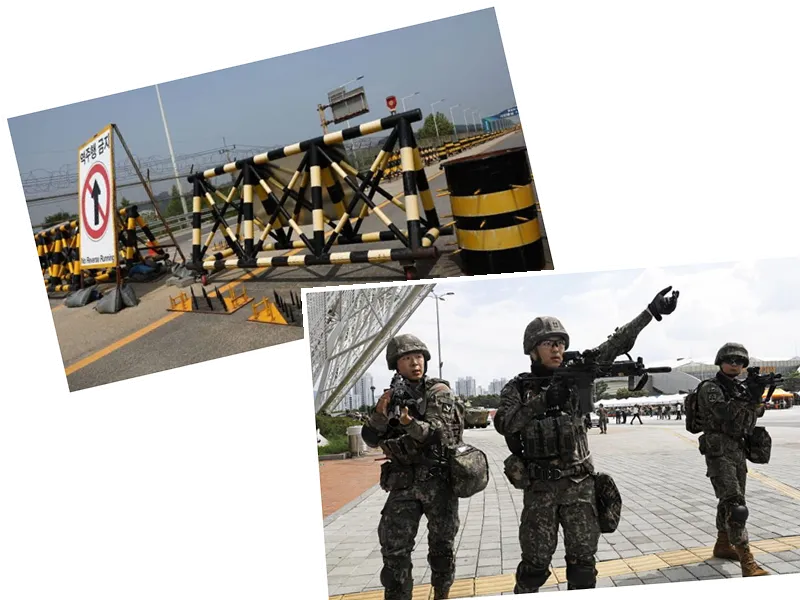Escalating Tensions in the Baltic: Russia Removes Buoys and Baltic States Fortify Borders
In a move that symbolizes the escalating tensions in the Baltic region, Russia has removed numerous buoys marking the border river between Estonia—an EU and NATO member—and Russia. This provocative action, observed on May 23, has led to heightened concerns amongst neighboring states. Estonia, in particular, has stated that the removal of the buoys is a deliberate act of provocation, reflecting broader Russian intentions. Estonia claims these buoys, which were agreed upon bilaterally and placed to prevent navigational errors and unintentional border crossings, were essential for maintaining clear border demarcations.
Moscow's unilateral decision to redefine its maritime boundaries with Lithuania and Finland further aggravates the situation. A draft decree published by the Kremlin intends to update coordinates based on outdated marine reports, purportedly to better reflect current geographical realities. This redefinition includes the strategic regions of Kaliningrad and the eastern Gulf of Finland, thereby altering Russia's territorial waters and expanding its control in the Baltic Sea.
This aggressive repositioning by Russia is seen by many, including the Institute for the Study of War, as an attempt to test NATO's responses to border provocations. The removal of buoys and the legislative changes indicate a pattern of behavior aiming to sow fear and uncertainty among Baltic nations and NATO allies. Estonia's Prime Minister Kaja Kallas emphasized a need for a unified EU and NATO response to these acts, viewing them as part of a broader strategy by Russia to destabilize the region.
In response to these moves, the Baltic states and Poland are consolidating their defense strategies to counter Russian aggression. Polish Deputy Minister of National Defense Cezary Tomczyk announced the creation of a unified line of defense on the border with Russia, incorporating fortification lines established by Poland and the Baltic countries. This initiative, dubbed the 'Eastern Shield,' reflects a concerted effort by these nations to strengthen their borders against perceived threats from Russia and Belarus. While the fortifications—including metal 'hedgehogs,' concrete blocks, and 'dragon teeth'—are being implemented, experts like Alexander Khrolenko argue that such ground defenses are largely symbolic and may not effectively deter advanced military threats.
The Baltic states have consistently upgraded their defense infrastructures, promoting a collective security strategy amidst rising geopolitical tensions. The initiative to build over 600 bunkers and other defensive facilities along Estonia's eastern border, as part of a broader NATO strategy, underscores the region's commitment to fortifying against potential Russian incursions. Despite skepticism from some experts, the Baltic and Polish authorities remain steadfast in their plans, viewing these defensive measures as vital for regional security amidst widespread uncertainty.
- The recent actions taken by Russia have exacerbated an already tense relationship with its Baltic neighbors. The removal of navigational buoys in the Narva border river not only disrupts established agreements but also heightens the risk of unintentional border violations. Estonia's reliance on diplomatic channels to address this issue underscores a measured approach aimed at preventing further escalation.
- The broader implications of Russia's maritime boundary redefinitions and legislative changes are being closely monitored by NATO. This situation exemplifies the complexities of modern-day geopolitics where hybrid warfare tactics, such as those employed by Russia, seek to exploit vulnerabilities. The international community, particularly NATO and the EU, faces the challenge of formulating a coherent and unified response to deter further provocations.
- Poland and the Baltic nations' investment in defense infrastructure signifies a calculated response to perceived threats. This collaborative defense strategy is indicative of a deeper integration of military resources and strategic planning within the region. The fortifications, while criticized by some as excessive, reflect a broader security paradigm shift where preventive measures are prioritized.
- Experts caution that these regional efforts, while necessary, may provoke countermeasures from Russia, potentially leading to a cyclical pattern of military buildup. The emphasis on defense spending and fortifications highlights a significant allocation of resources towards national security, revealing the high stakes involved in maintaining territorial integrity.
- In conclusion, the ongoing developments in the Baltic region underscore the strategic importance of cohesive defense strategies and international solidarity. As the situation evolves, the response from NATO and the EU will be crucial in shaping the future geopolitical landscape, ensuring stability, and preventing further escalation.






